
The incident that set off the 1991 Crown Heights riots was easy to pinpoint: on Aug. 19, a car driven by a Hasidic Jew hit and killed a young black child. As a private ambulance took the driver away from the scene and emergency responders worked to free the victim and another child pinned under the car, the area’s black and Jewish residents–who had long been tense neighbors–erupted in anger. As TIME later noted, the result was the worst episode of racial violence in New York City city since 1968, after the death of Martin Luther King.
But as with any cataclysmic event, the underlying causes of the riots were far more complicated than a single moment.
As TIME’s story on the riots explained, the side-by-side life of the two communities in Crown Heights was already tense—and the fighting did little to diffuse the situation:
Behind the violence lay decades of uneasy coexistence between local blacks and members of the Lubavitcher sect, who established their world headquarters there in 1940. Lubavitcher Rabbi Yehuda Krinsky claims that ”Crown Heights is a model community of integration where whites and blacks live in peace together.” But blacks describe a different atmosphere. ”The Hasidim set up an apartheid situation in Crown Heights,” says Dr. Vernal Cave, a black dermatologist who has lived in the area for 36 years. Cave claims that the Lubavitchers have long received preferential treatment from police and city authorities. In particular, he says, the sect caused resentment in the past by pressuring Jewish shopkeepers in the neighborhood to close their doors on Saturday and by prevailing on police to block off the streets near their synagogues during the Sabbath. Said another local black man: ”You’ve got to be blind, deaf and dumb not to know about the problems here with the Hasidim.”
One thing is clear: there is little common ground between the two groups. Nor have leaders from either side reached out to the other in an effort to defuse the situation. Instead they have engaged in a bitter public debate in which heated rhetoric far outweighs the language of reason and compromise. While blacks like Cave speak of apartheid, Lubavitcher leaders evoke visions of pogroms and Kristallnacht.
Read more from 1991, here in the TIME Vault: An Eye for an Eye
Hipsterless Brooklyn: Vintage Photos From a Vanished World
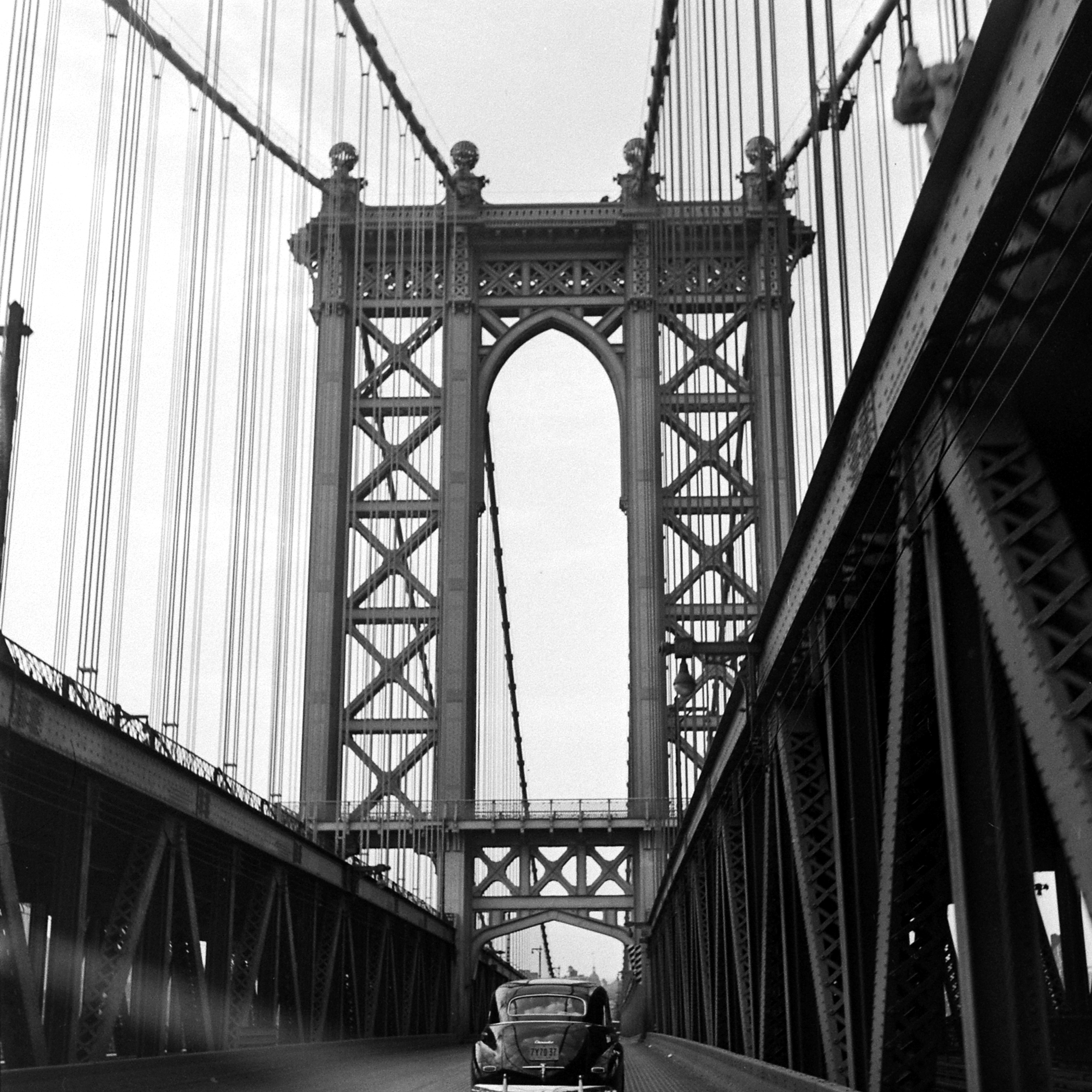

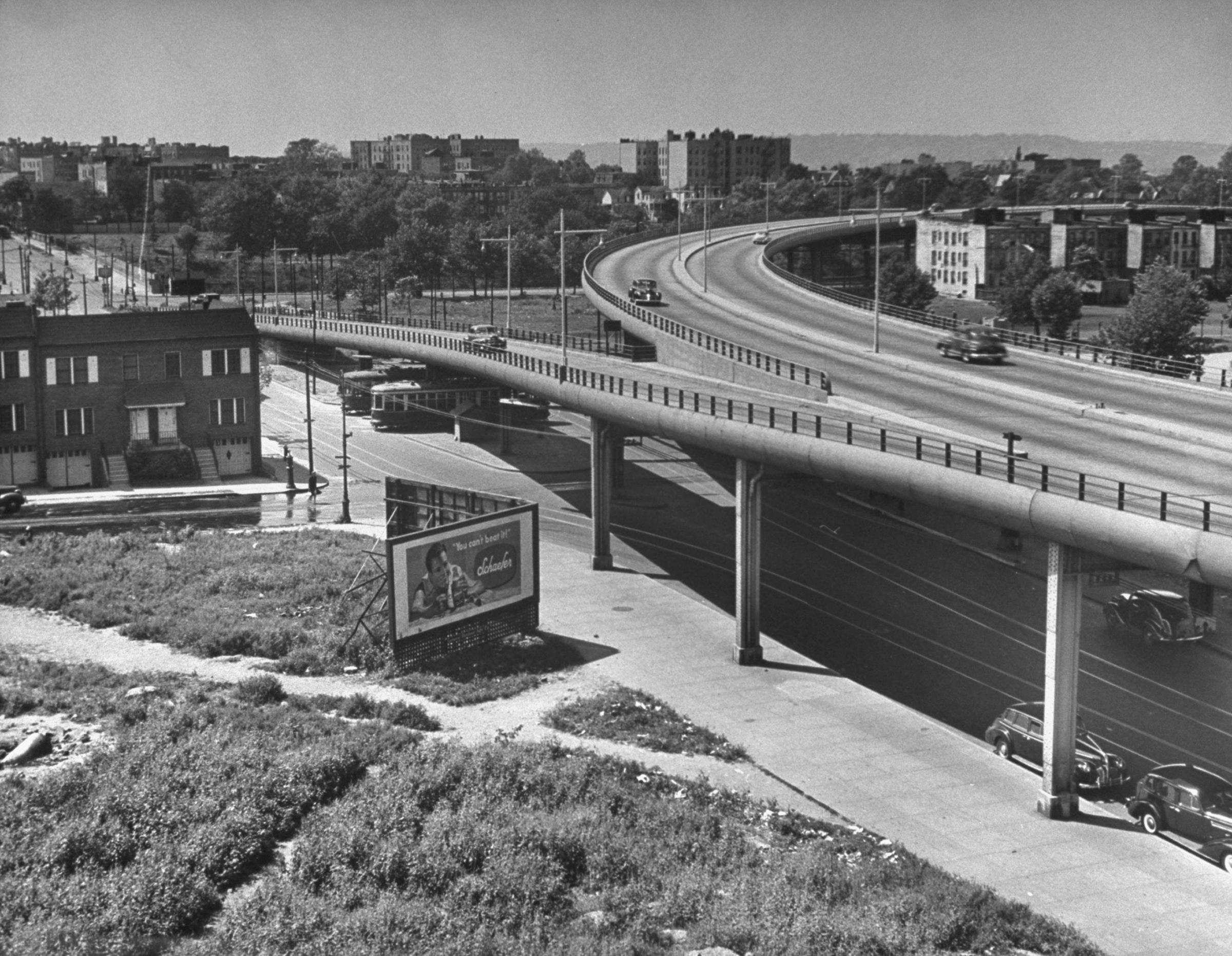
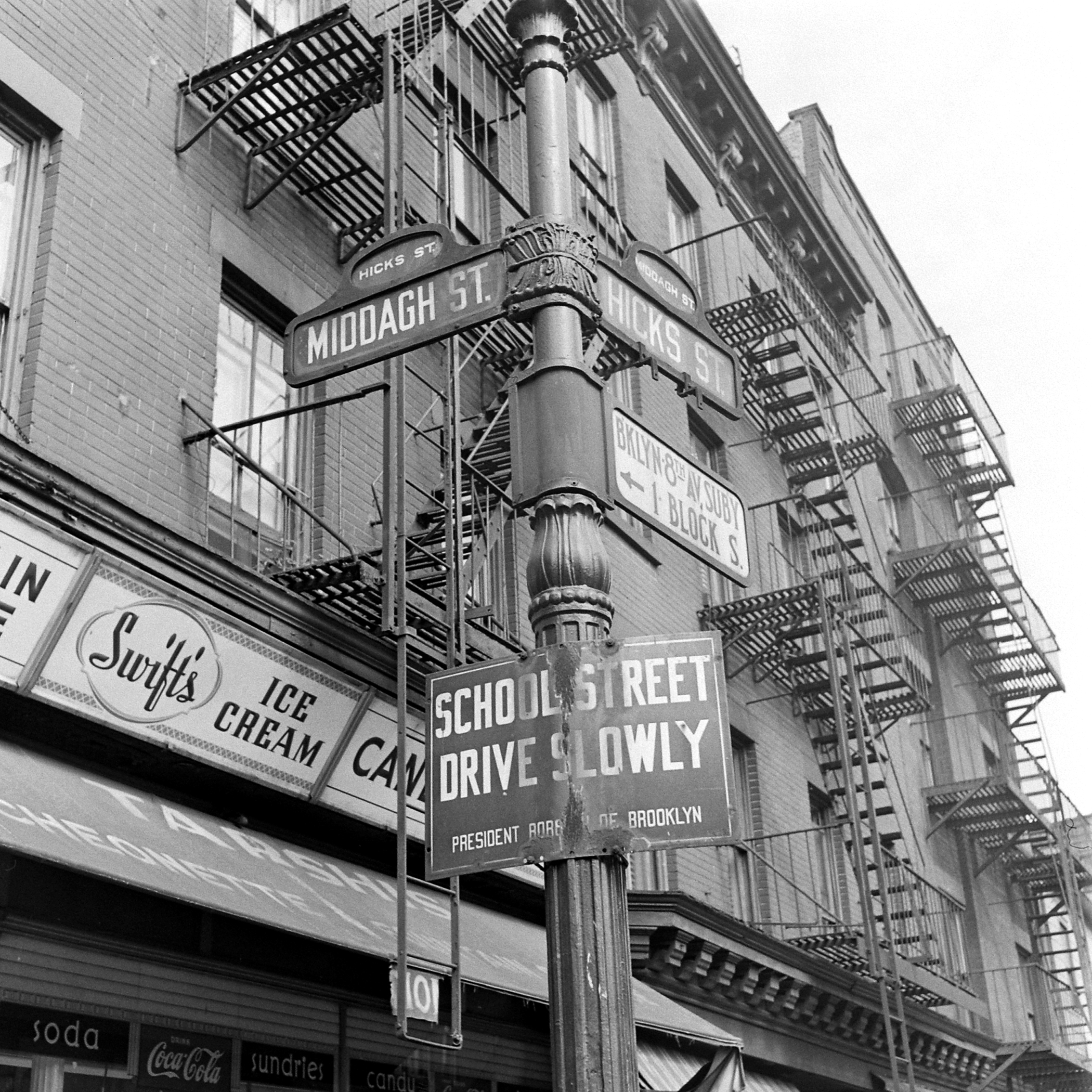

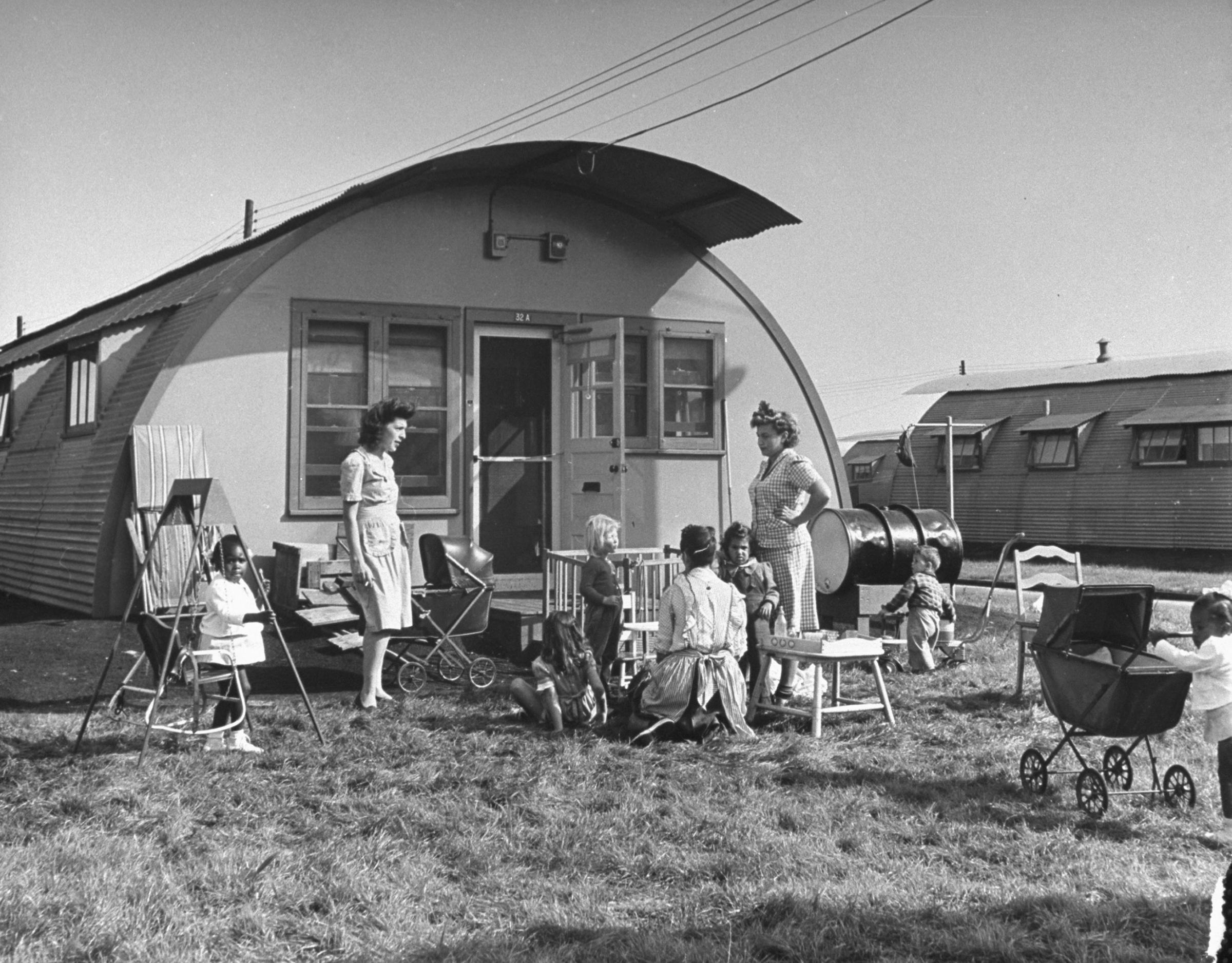

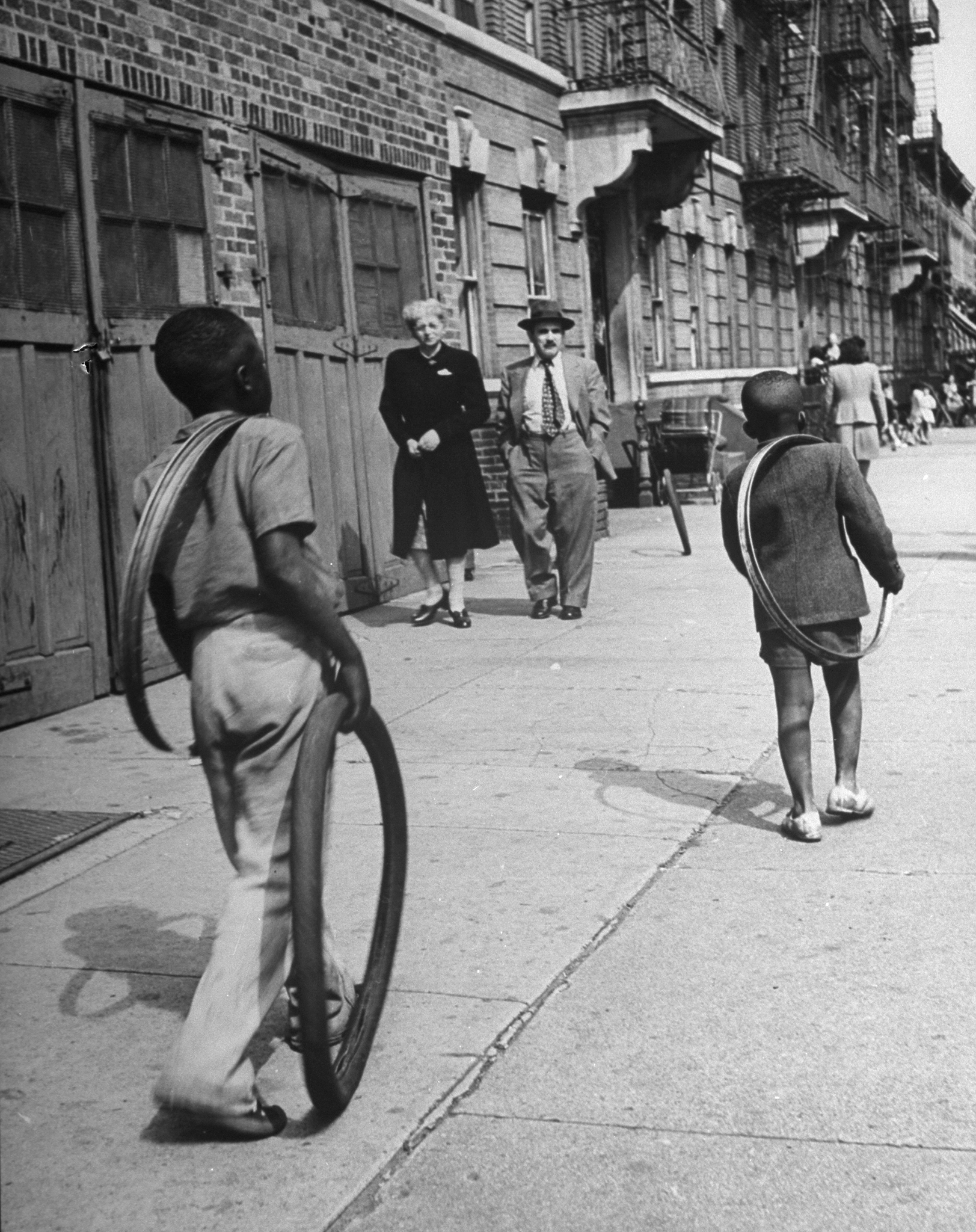


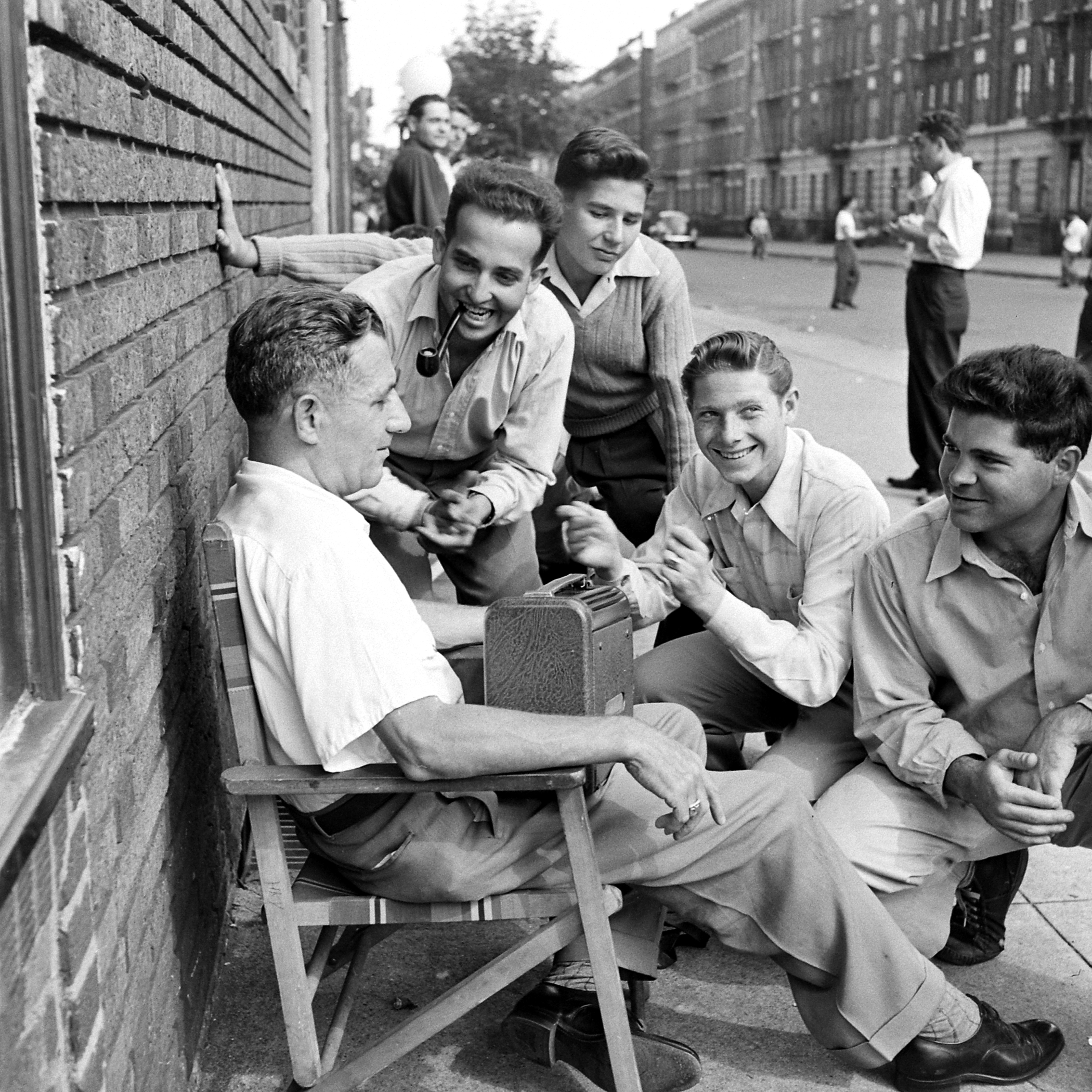

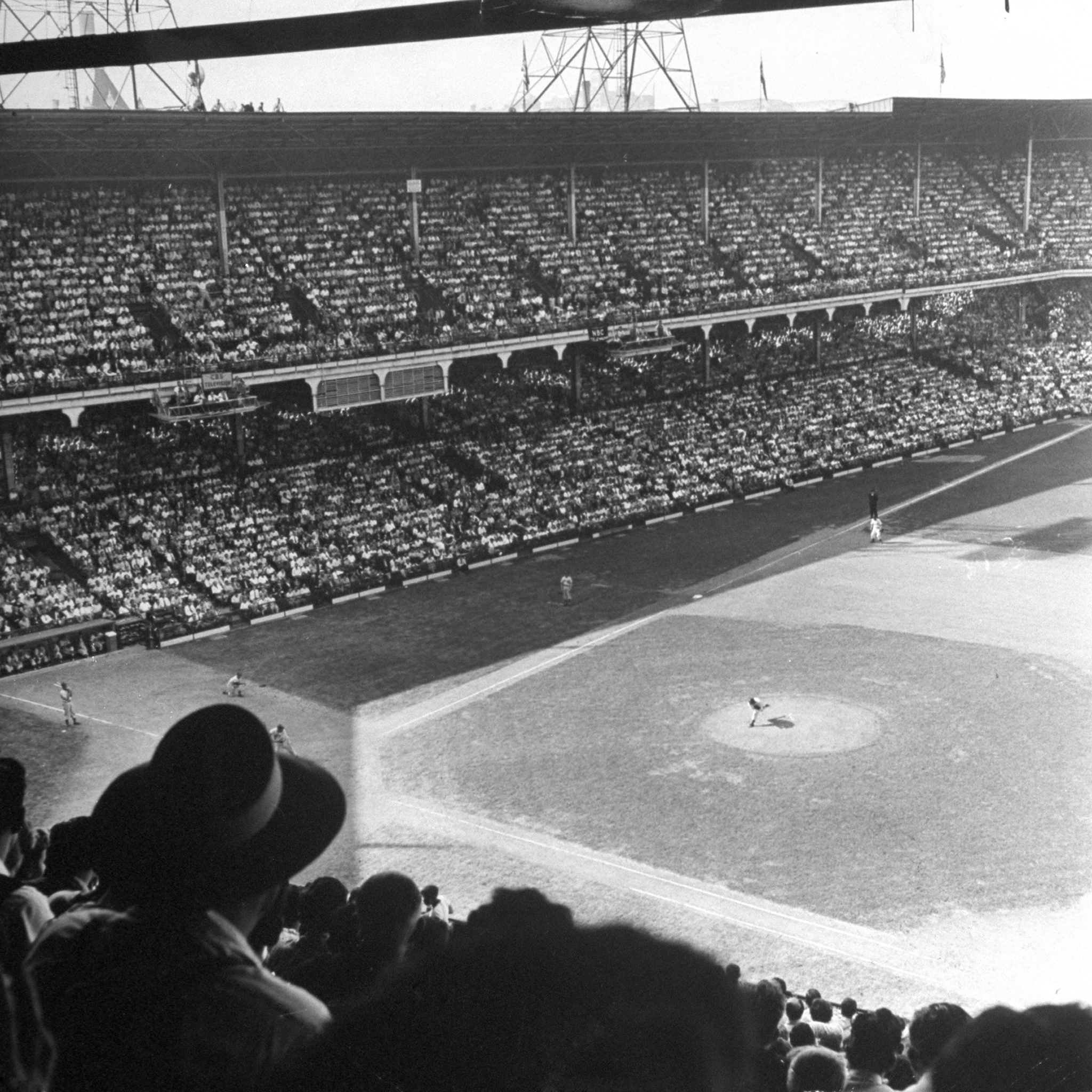
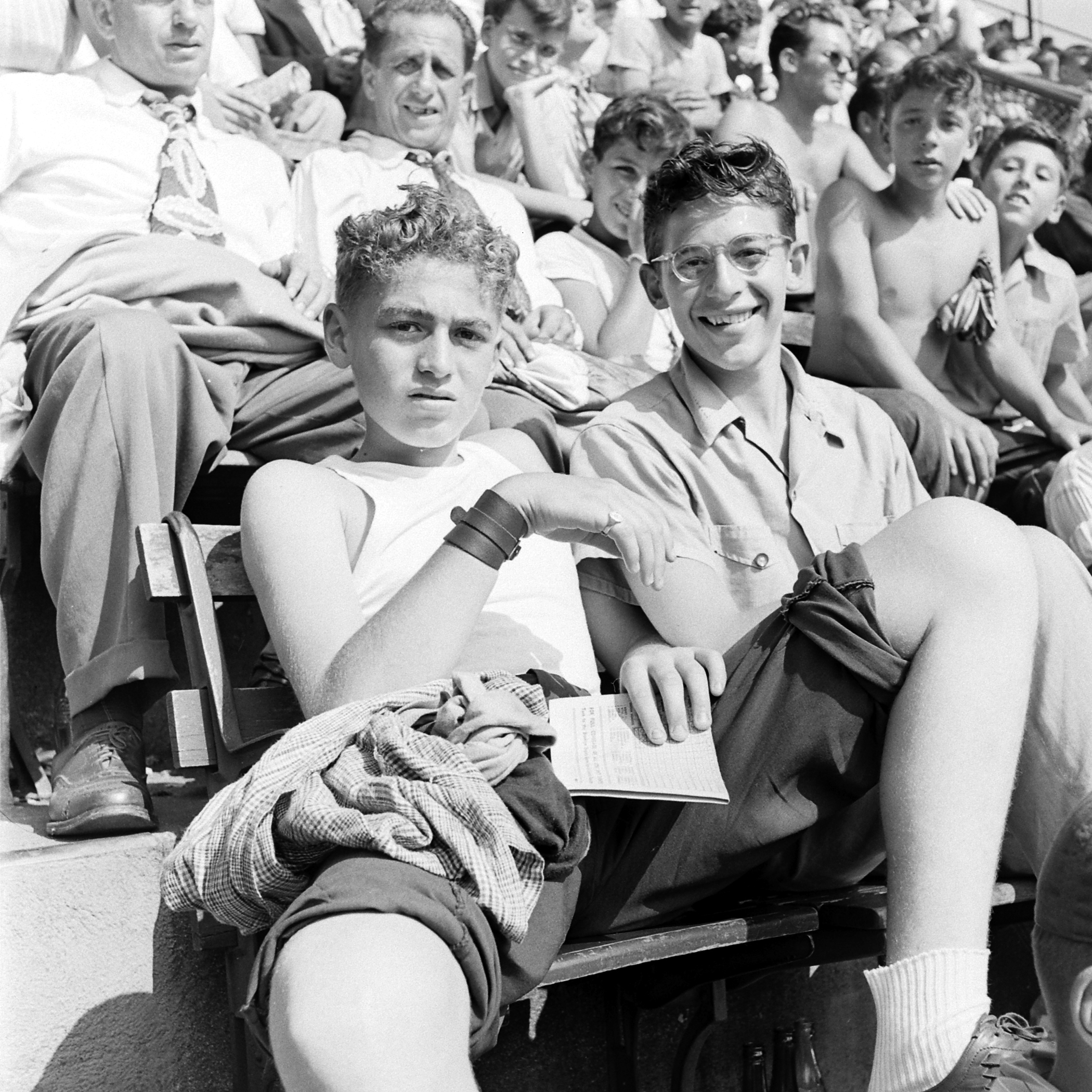

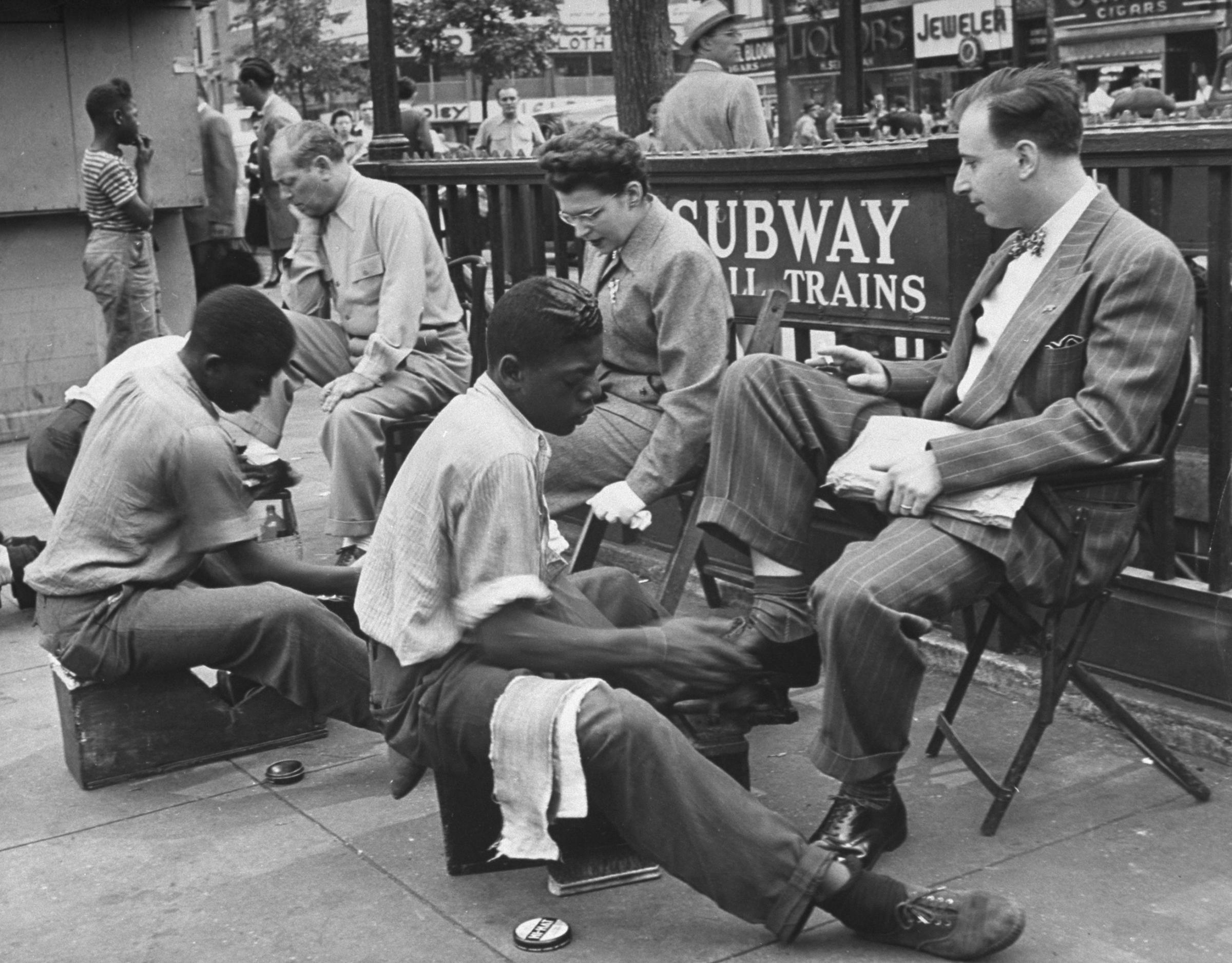
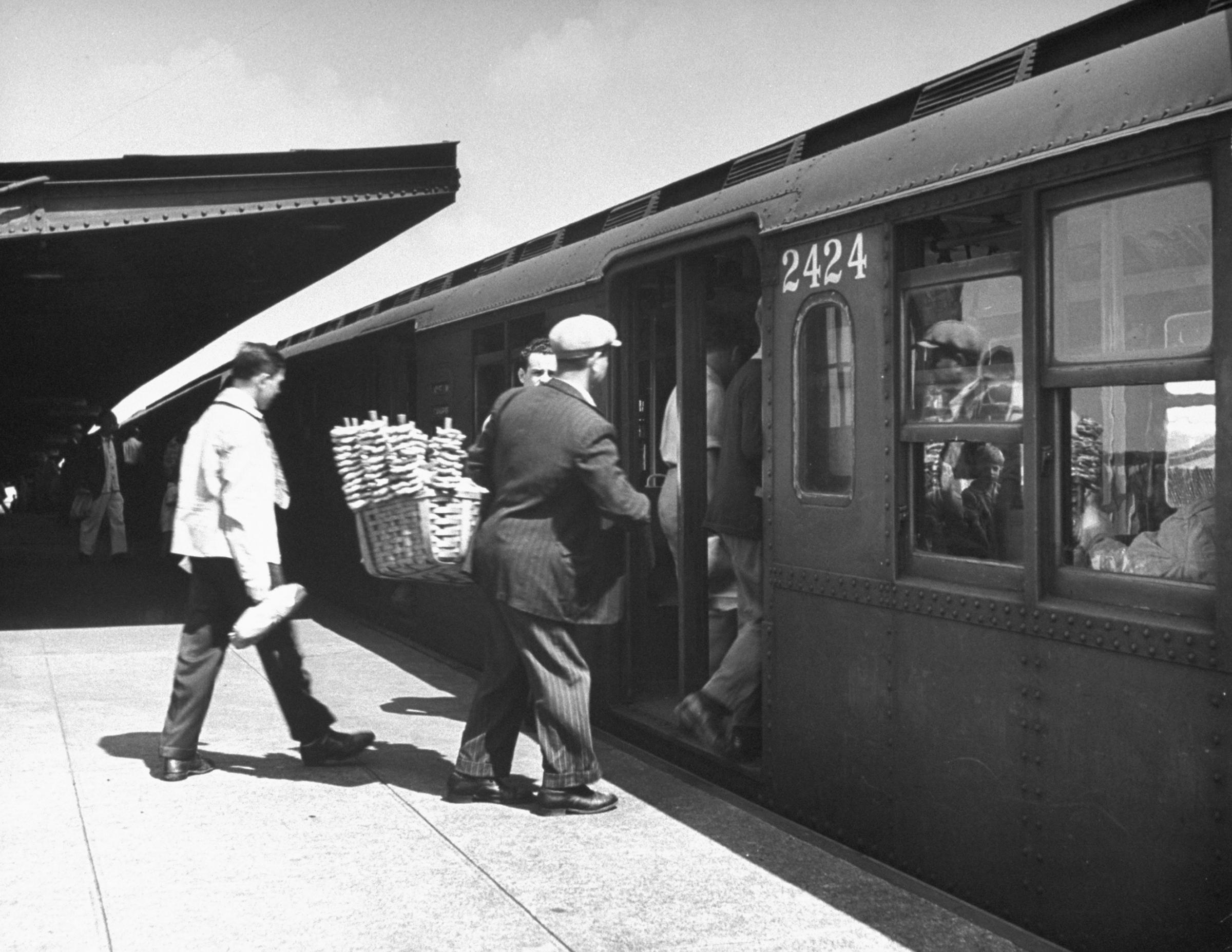
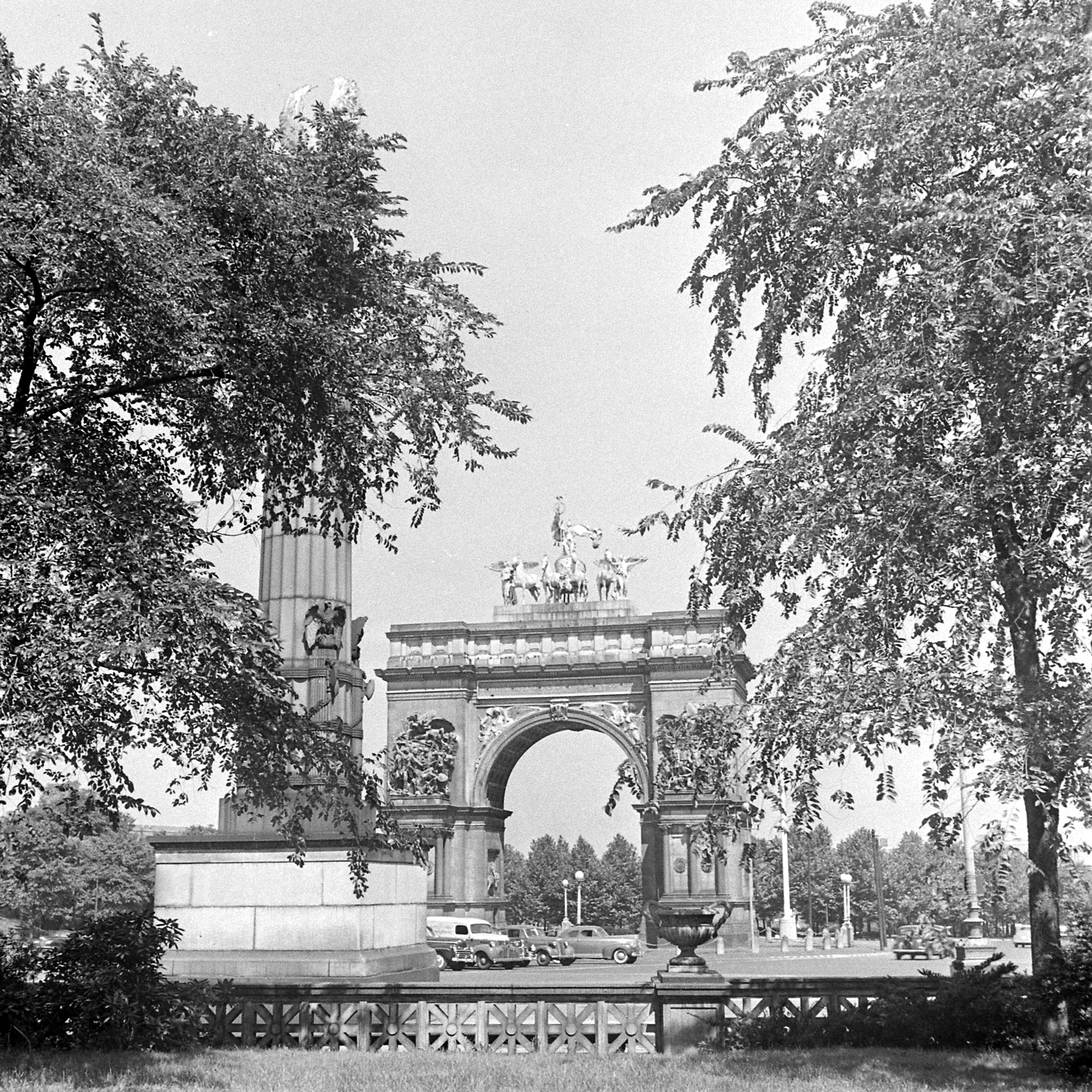

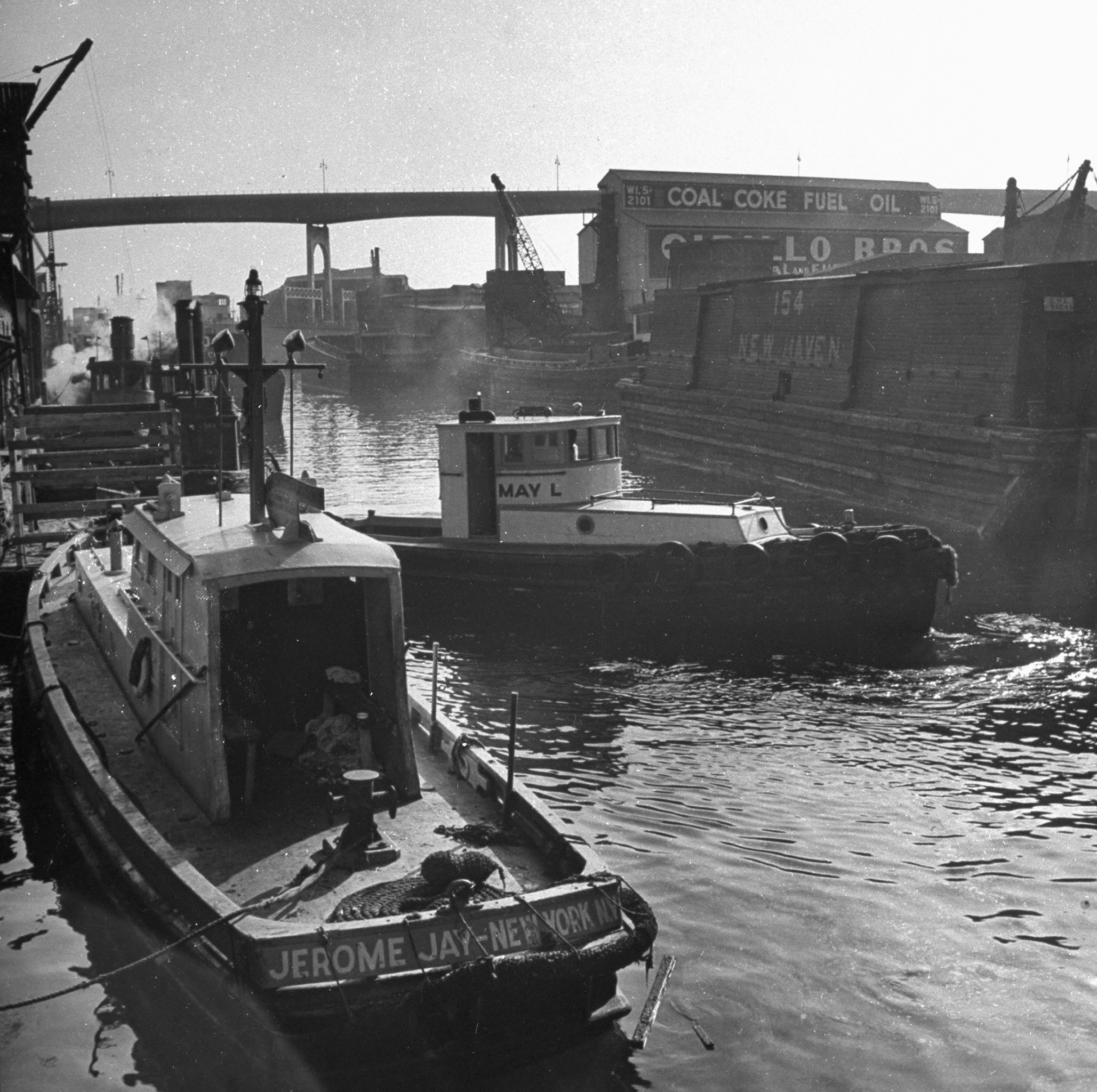

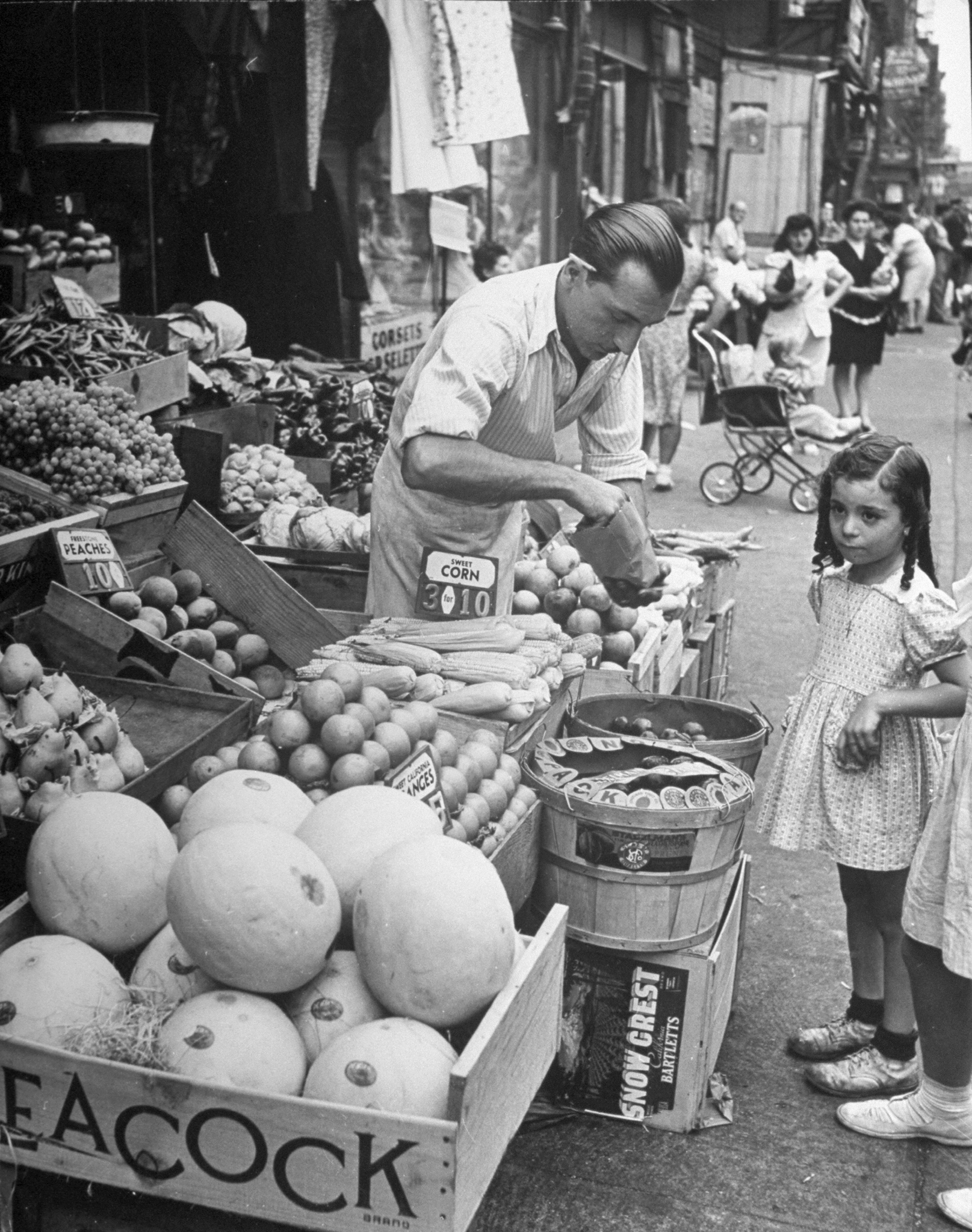

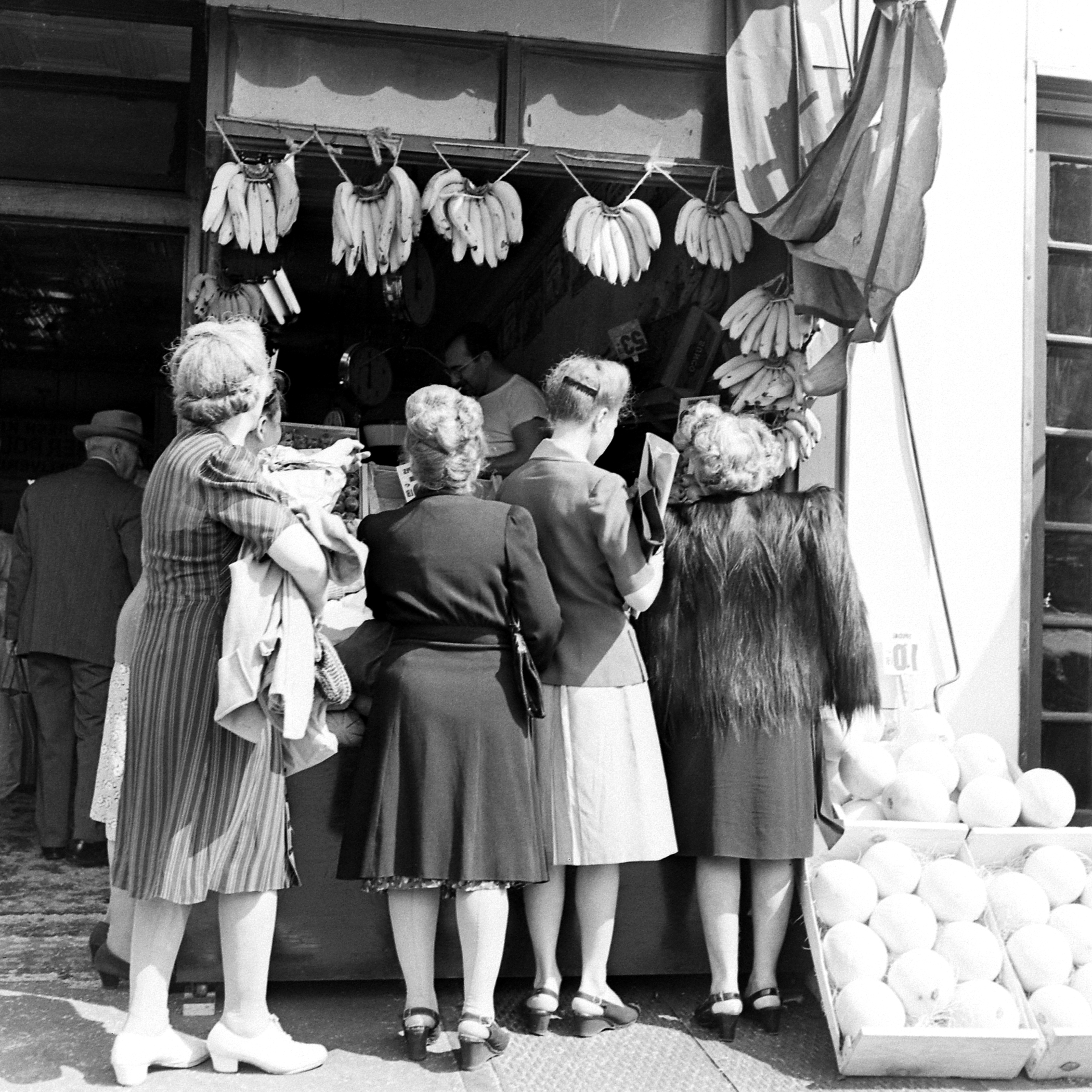
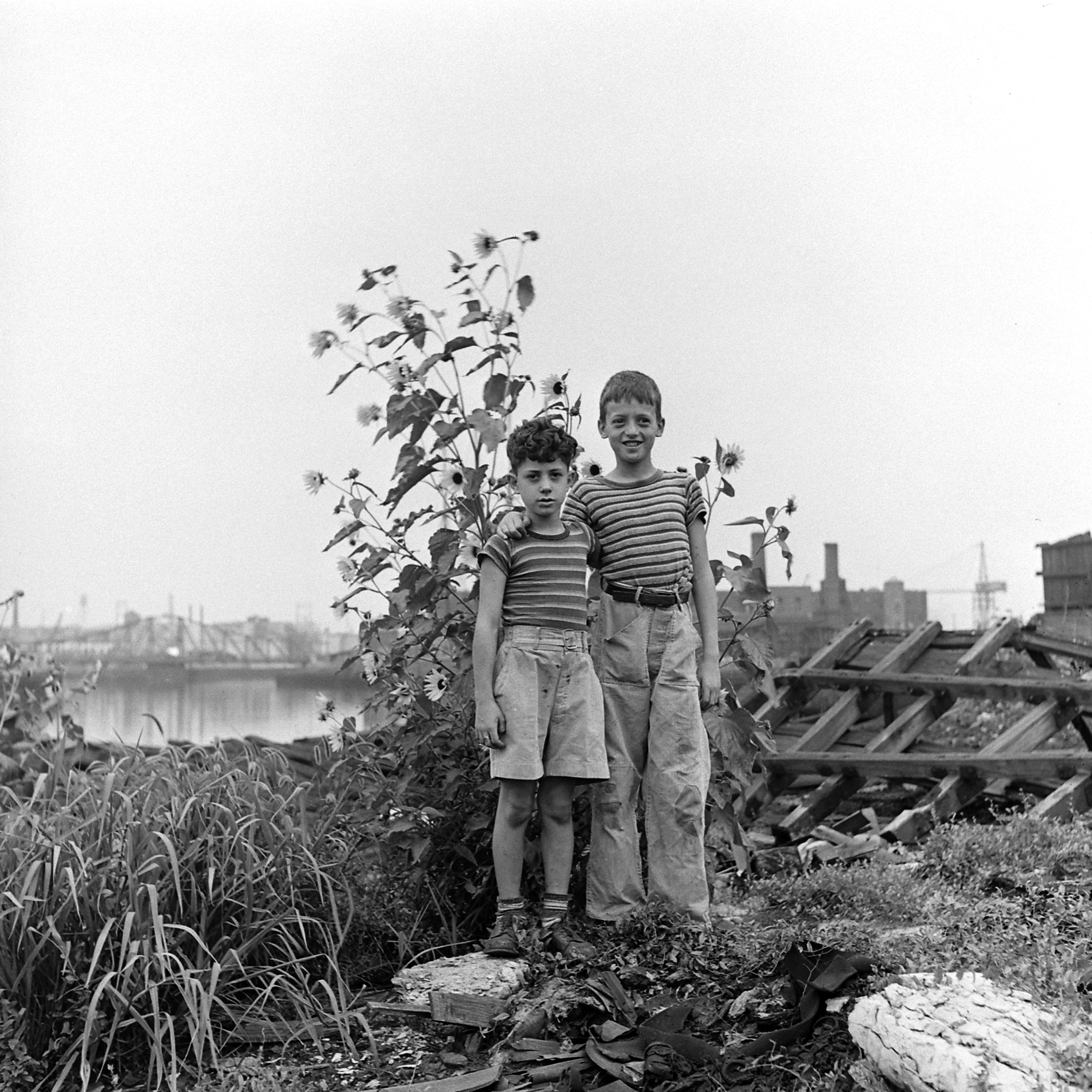

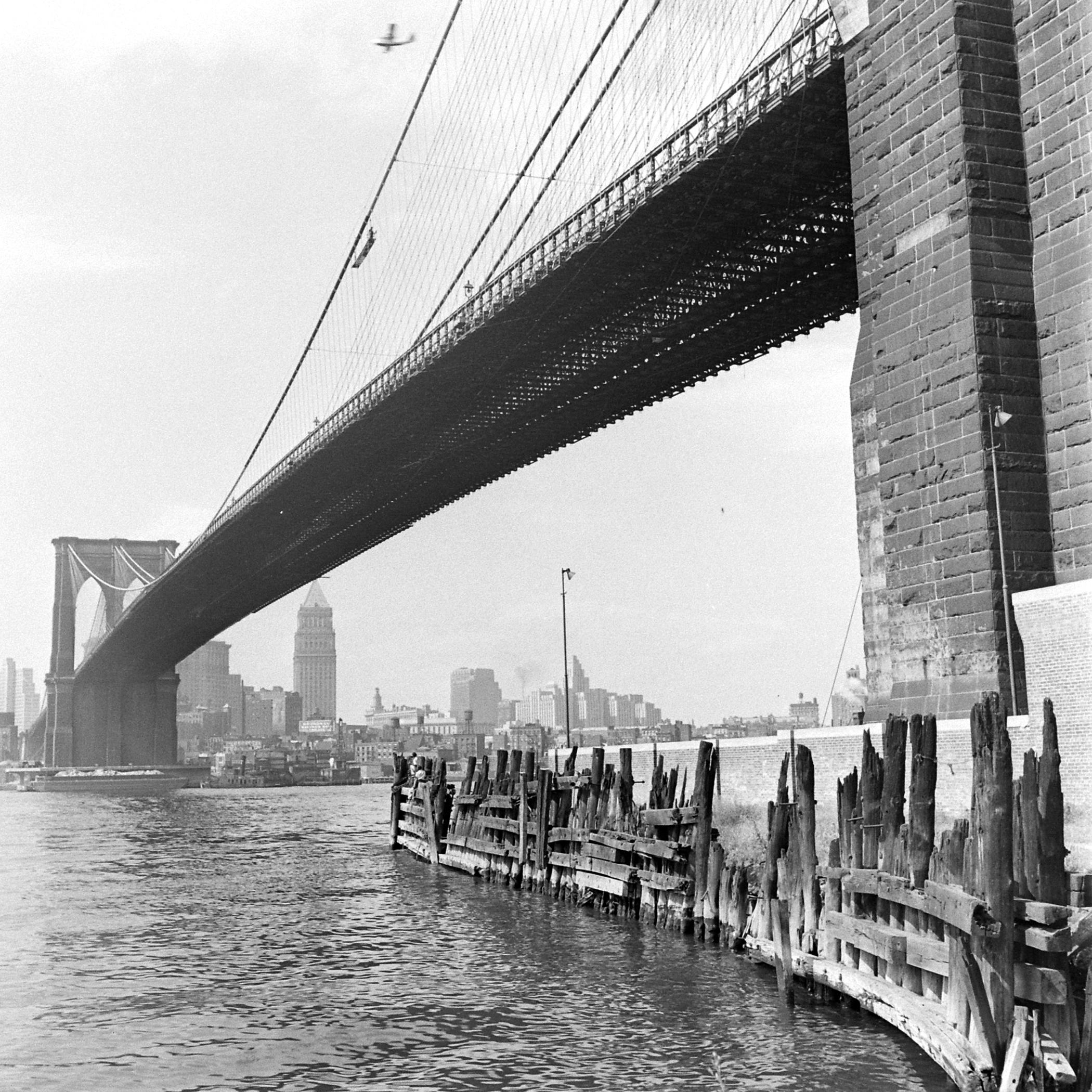
More Must-Reads from TIME
- Why Trump’s Message Worked on Latino Men
- What Trump’s Win Could Mean for Housing
- The 100 Must-Read Books of 2024
- Sleep Doctors Share the 1 Tip That’s Changed Their Lives
- Column: Let’s Bring Back Romance
- What It’s Like to Have Long COVID As a Kid
- FX’s Say Nothing Is the Must-Watch Political Thriller of 2024
- Merle Bombardieri Is Helping People Make the Baby Decision
Write to Lily Rothman at lily.rothman@time.com